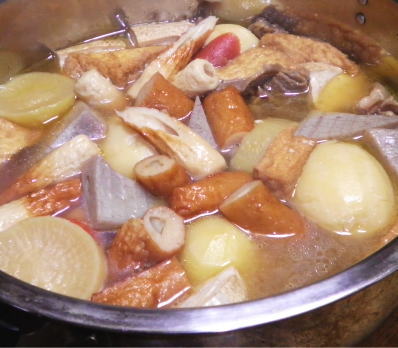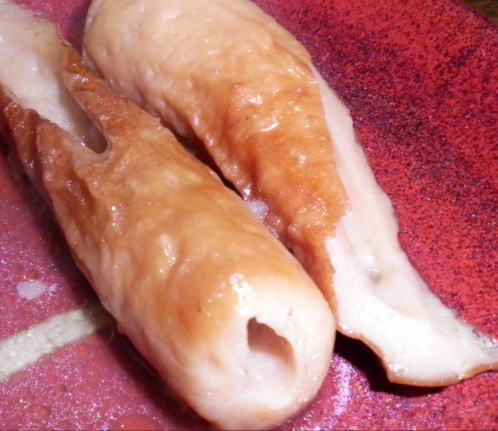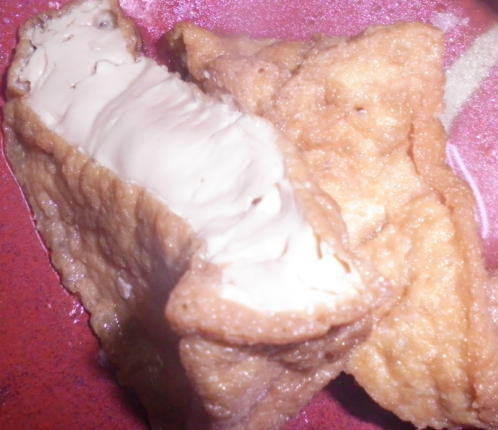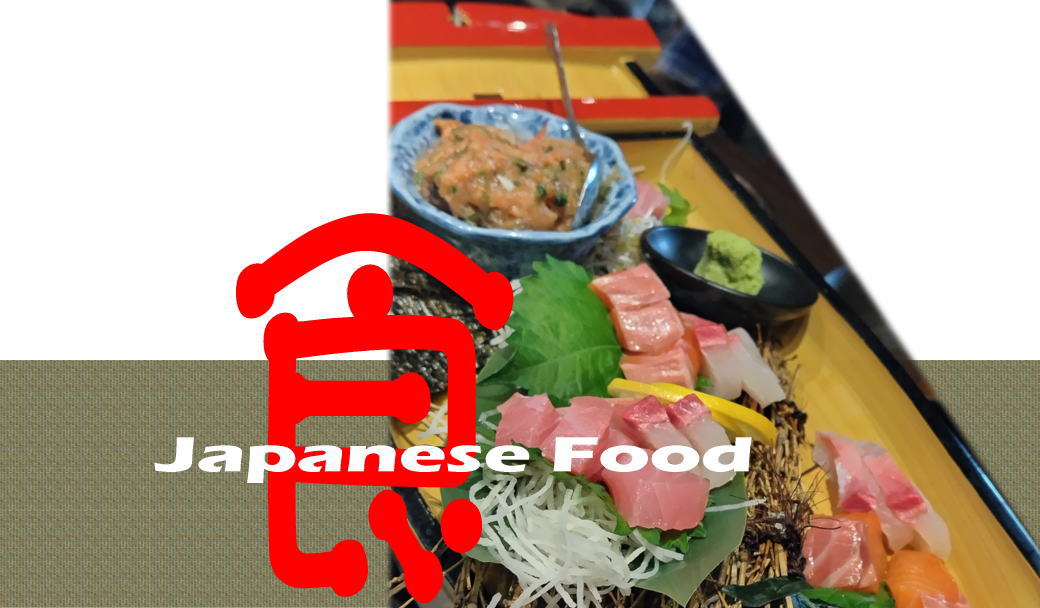Last update September 20, 2025
Japanese Food - Oden -

Oden
おでん
Japanese Pot-au-feu
It’s another winter dish you can enjoy over a cup of Atsu Kan (heated Sake), slowly, while negotiating the steamy heat of individual items (because it tastes best when it’s boiling hot), such as a round block of Daikon (radish), Chikuwa, Konnyaku, Satsuma Aghe, potatoes, boiled eggs, beef tendons and so on. Roughly speaking, Oden is a Shoyu-based Japanese pot-au-feu of large-cut ingredients, simmered for at least several hours. The longer it’s stewed, the thicker the taste becomes. The name Oden is derived from the Nyobo Kotoba (jargon used by Japanese court ladies), referring to Dengaku (a type of Miso-spread baked food). Dengaku in the Muromachi Period (1334-1573) was divided into two kinds: baked and boiled ones, both of which were collectively referred to as “Oden” at the time. During the Edo Period, however, the term began to suggest only the boiled type. The ingredients added to the pot differ between the Kansai and Kanto. The Kanto version of Oden (often called “Kanto Daki” or Kanto-style boiling) includes Hanpen (a type of Kamaboko mixed with grated Japanese mountain yam) and Chikuwabu (wheat-based cake in a tube shape), which are rare ingredients in Kansai.

Oden with various large-cut ingredients boiled in a pot.
|

Chikuwa cooked in Oden.
|

Broth-soaked Atsu Aghe.
|

Oden with various large-cut ingredients boiled in a pot.

Chikuwa cooked in Oden.

Broth-soaked Atsu Aghe.
|
|














